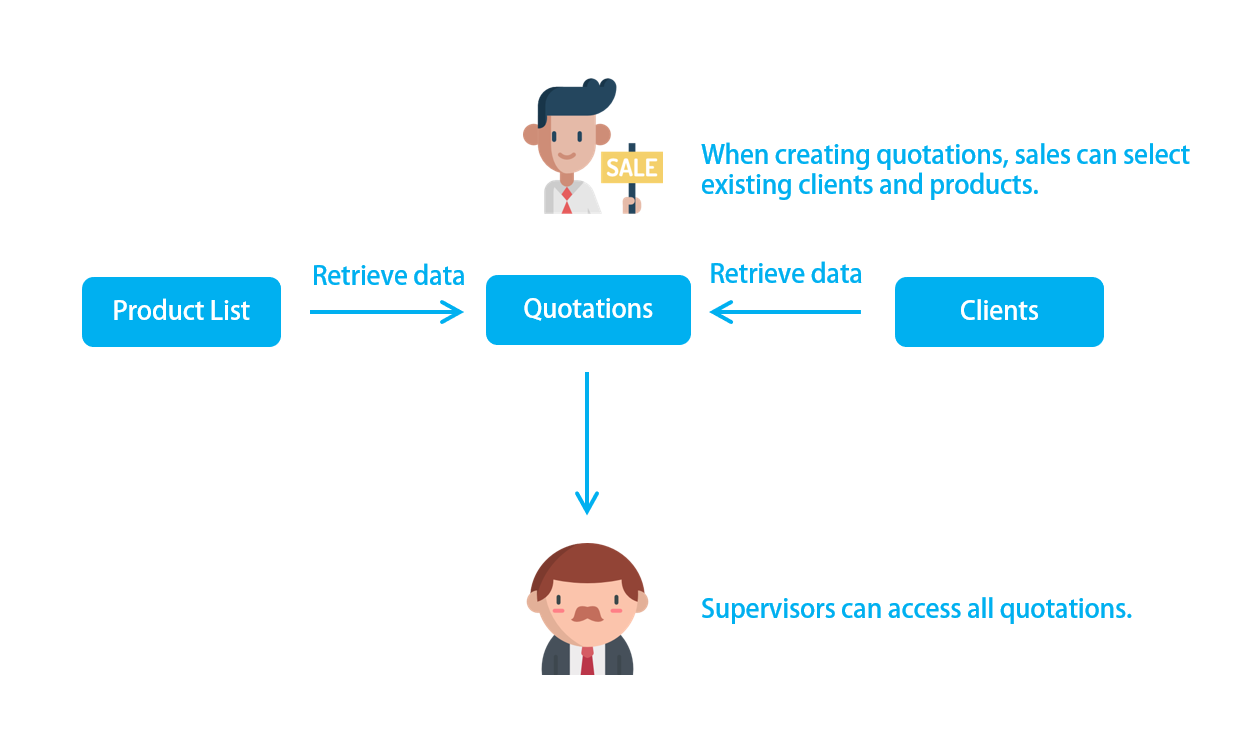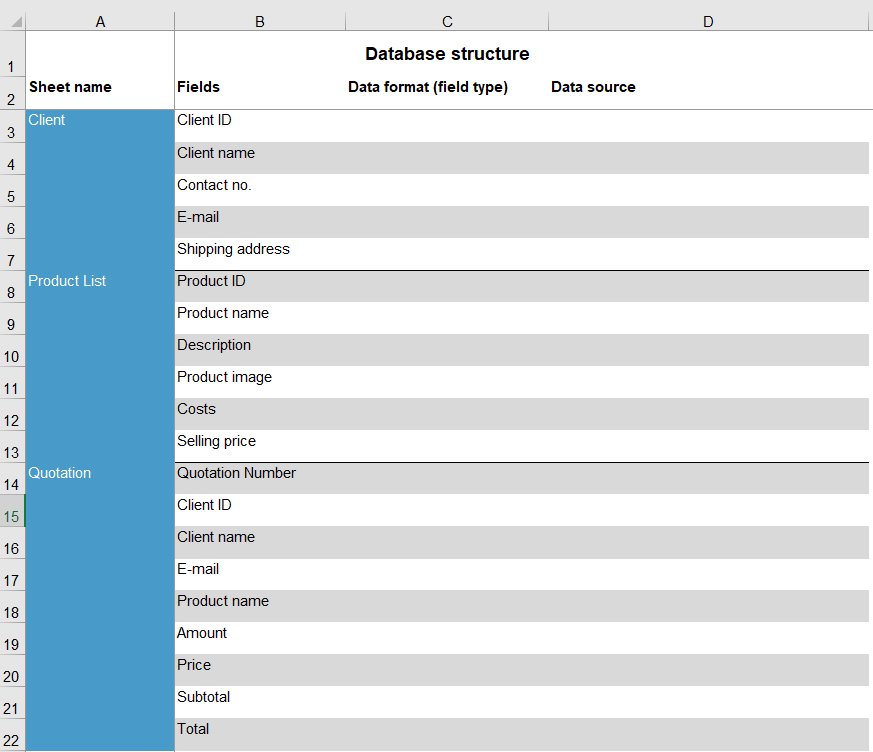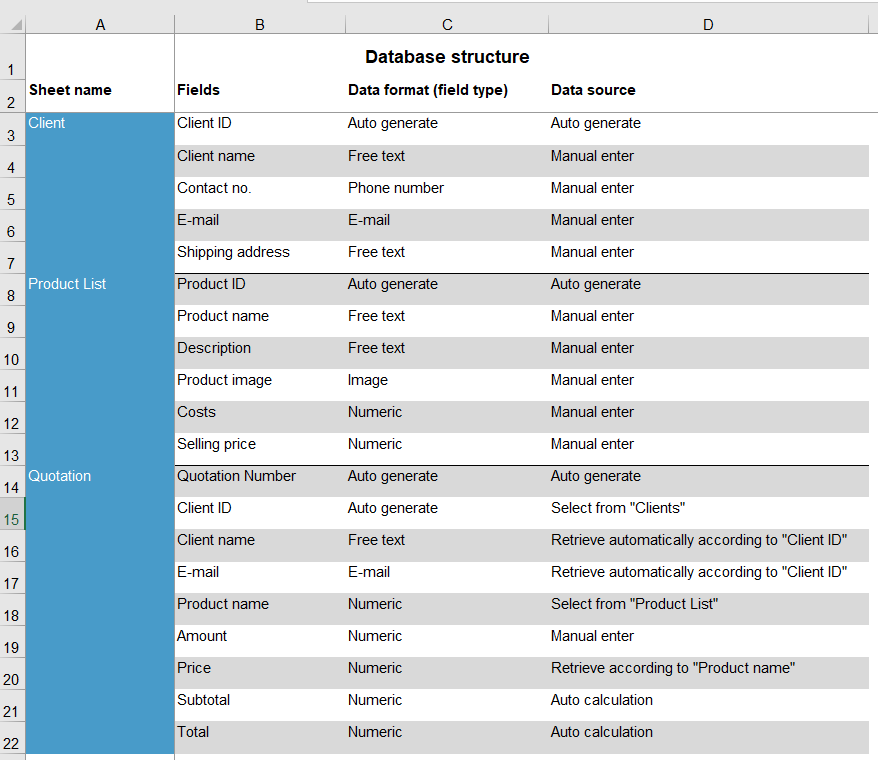Before implementing a new system, have you ever thought about why your team or organization needs it? Maybe it's about having an online system that can run on mobile devices, supporting the features that your current ERP system doesn't have, or paperwork and spreadsheets are no longer enough for your company.
After specifying why you need a new system, we suggest you dig deeper to find out what are the most important or urgent needs. When implementing the system, it must involve lots of people and tasks. Moreover, everyone will need to learn the new system. So it might give you a thought that why not just give up and stick to the old way. At this point, rather than hindering by all the features you want to employ with the new system, we strongly recommend you can just start from the most viable application. For example, your final goal is to build a CRM system, but the critical problem is that there is no convenient way for the sales team to check the product list and generate quotations when they are not in the office. In this situation, designing a new quotation application would be a great start for your Ragic database.
Since Ragic allows you to customize the design and add more applications anytime you want, it won't be a problem for you to apply other advanced features or functions in the future.
In the next section, we will walk you through how to create a "Quotation System" in Ragic.
The second step is to analyze what are the compulsory features and flow path for your quotation system. Here's an example below:
(1) Members of the sales team are able to access the product list anytime and anywhere.
(2) Members of the sales team need to browse current client's data and also create new profiles.
(3) Creating quotations by automatically retrieving saved clients and products data rather than manually entering.
(4) Supervisors can track the status and detailed information of each quotation.
Specifying key points by making a flowchart as below:

There are two methods to help you map your company workflow:
(1) Visualizing the company’s internal workflow: You can start by imagining how your company works internally. Think about the “what”, “how”, and "by whom" certain information is presented and managed when your company receives an order to the point where the client receives the product along with the process in between. You may also need to know which records must be kept by your company and your clients after an order is placed. We suggest noting down all the details and use them as a blueprint for your database prototype.
(2) Referencing our templates: We provide some pre-configured template that you can directly apply. Give it a try and write down the differences between the templates and your ideal database. The differences would be what you need to further customize in the future.
The last step is having a clear spec of your database, including what sheets, what fields, how to enter field values, and the relationships between sheets.
Referring to the flowchart in the previous step, we have "Clients", "Product List", and "Quotation". And we can further write the fields for each sheet as below:

After deciding what sheets and fields you need, you must then configure the field types such as text, numeric, date, address, etc. Your data source may be manually entered, auto-generated, calculated with formula, or retrieved from another sheet.

(Download an database example)
Congratulations! You have already finished all of the required courses for Ragic. You must have basic knowledge about Ragic and a clear blueprint for your database. It's time to get started on building your ideal Ragic database!
 Thank you for your valuable feedback!
Thank you for your valuable feedback!